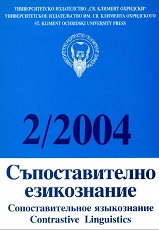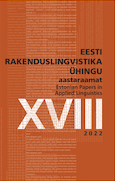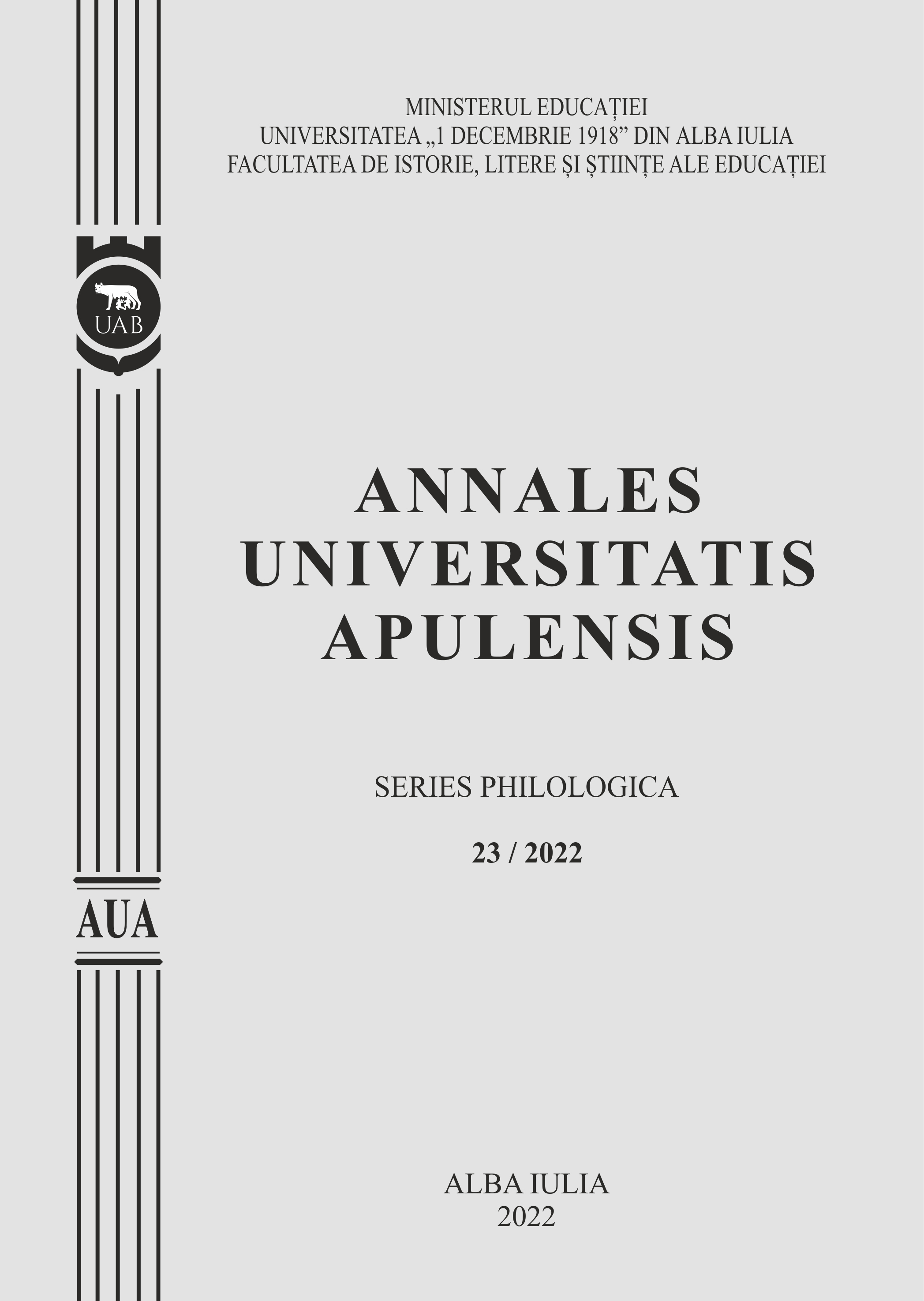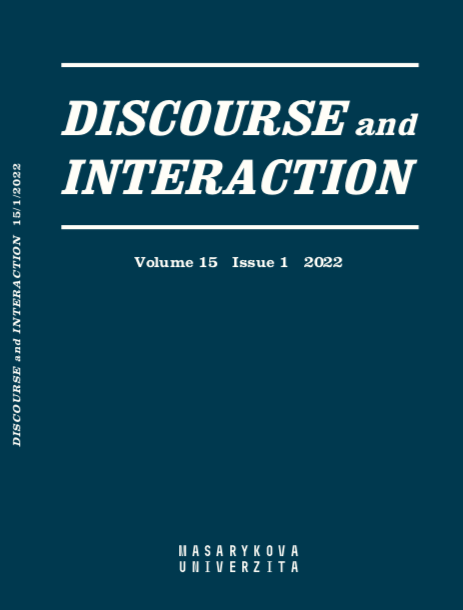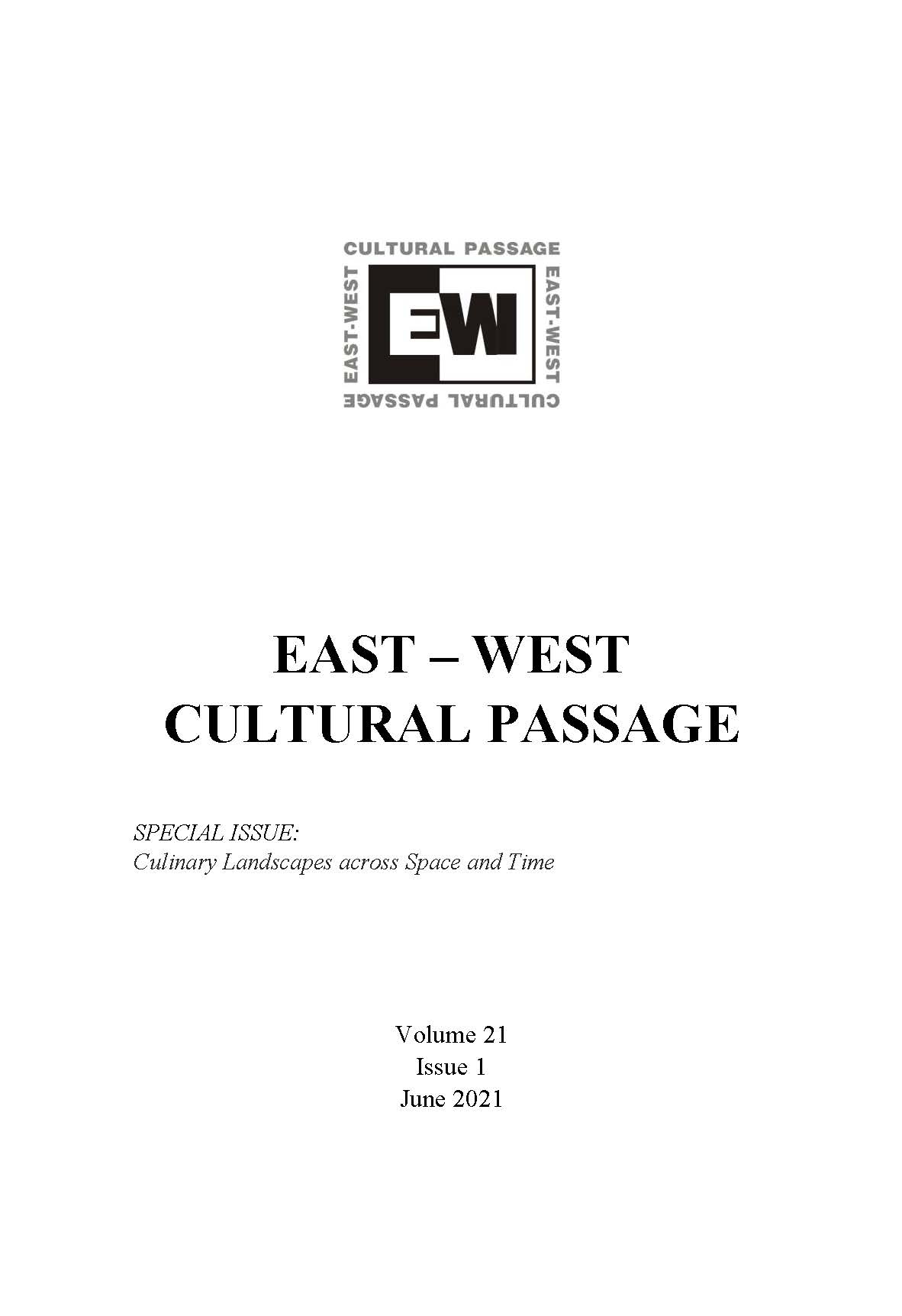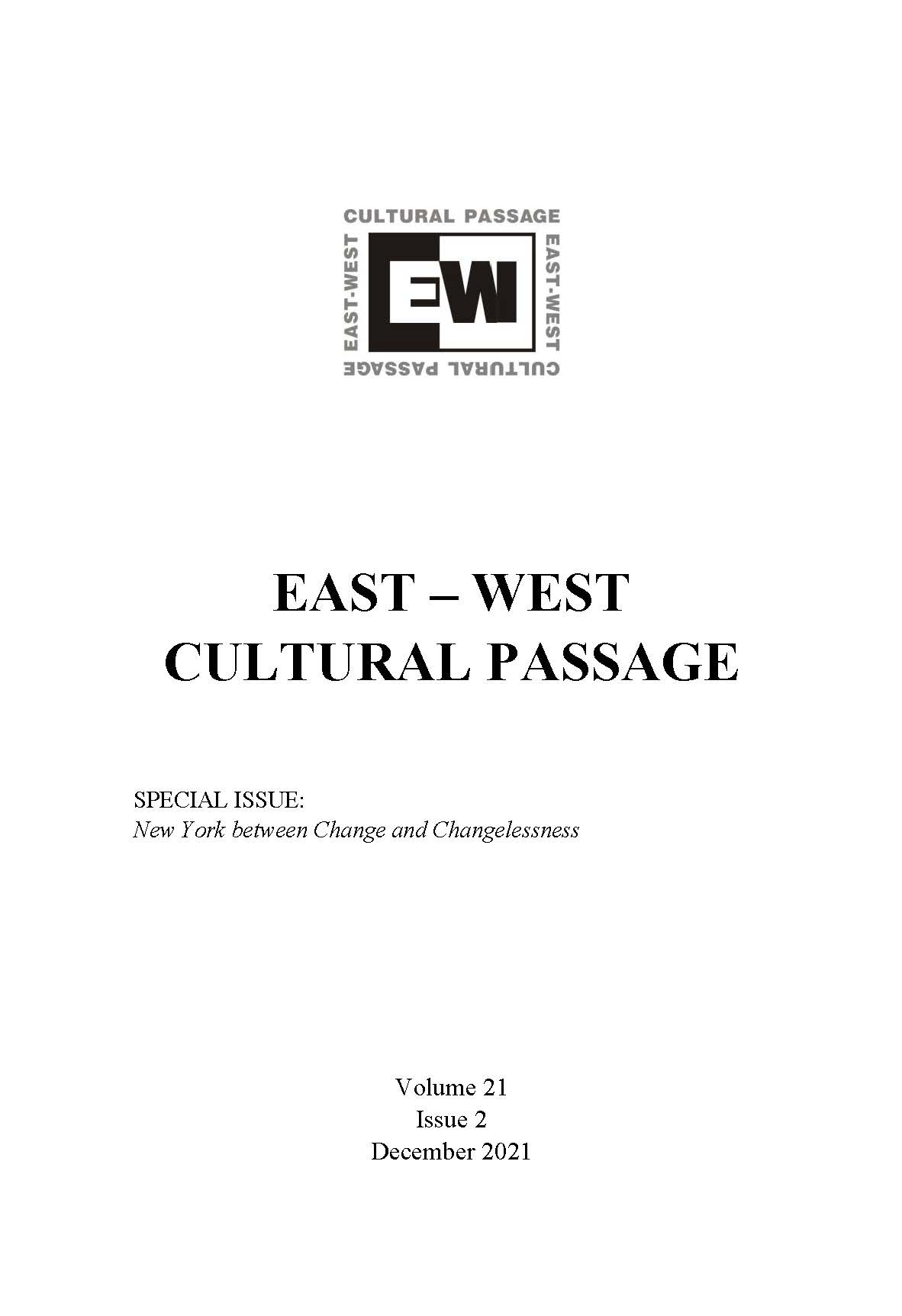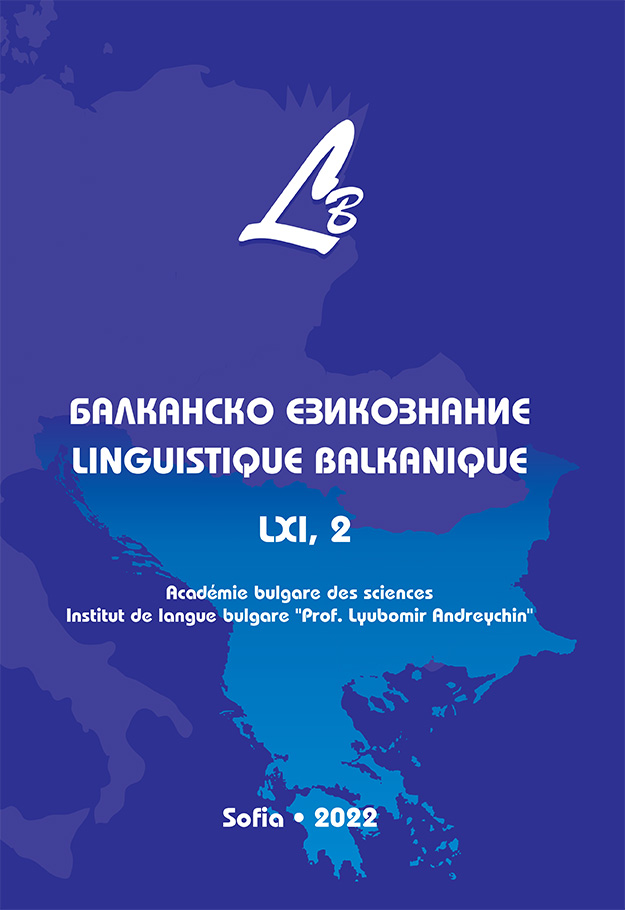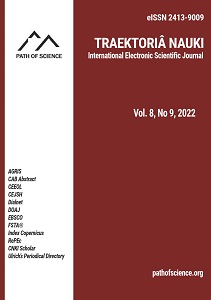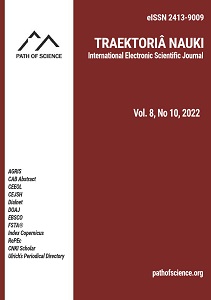Lühendamise ja lühendsõnade fenomenist eesti keeles
The article discusses shortening, which is a way of word formation that has hitherto received little attention in modern Estonian. This is a process in which a word is transformed into a shorter one without changing the meaning. The nature of this type of word formation and definition problems are explained and various techniques of shortening are described. Analysis of the linguistic material shows that shortening is a widespread technique both in colloquial and literary Estonian, including special language. Detailed analysis is given to clipping, in which case a new word is produced by cutting off a part from the beginning, middle, or end of a longer lexical unit. The most productive type in Estonian is back clipping, in which case the whole semantic load falls upon the front part of the longer base word. Fore-clipping is less exemplified. Compound nouns are particularly prone to shortening, while in this case the clipping happens at the morphological boundary of immediate constituents. Noun phrases are also easily clipped, which adjective phrases seldom are. In a few examples a verb with a foreign stem has lost a suffix. A new trend of clipping compounds is on the rise. The study is based on examples drawn from the recent orthological dictionaries and the Explanatory Dictionary of Estonian.
More...
